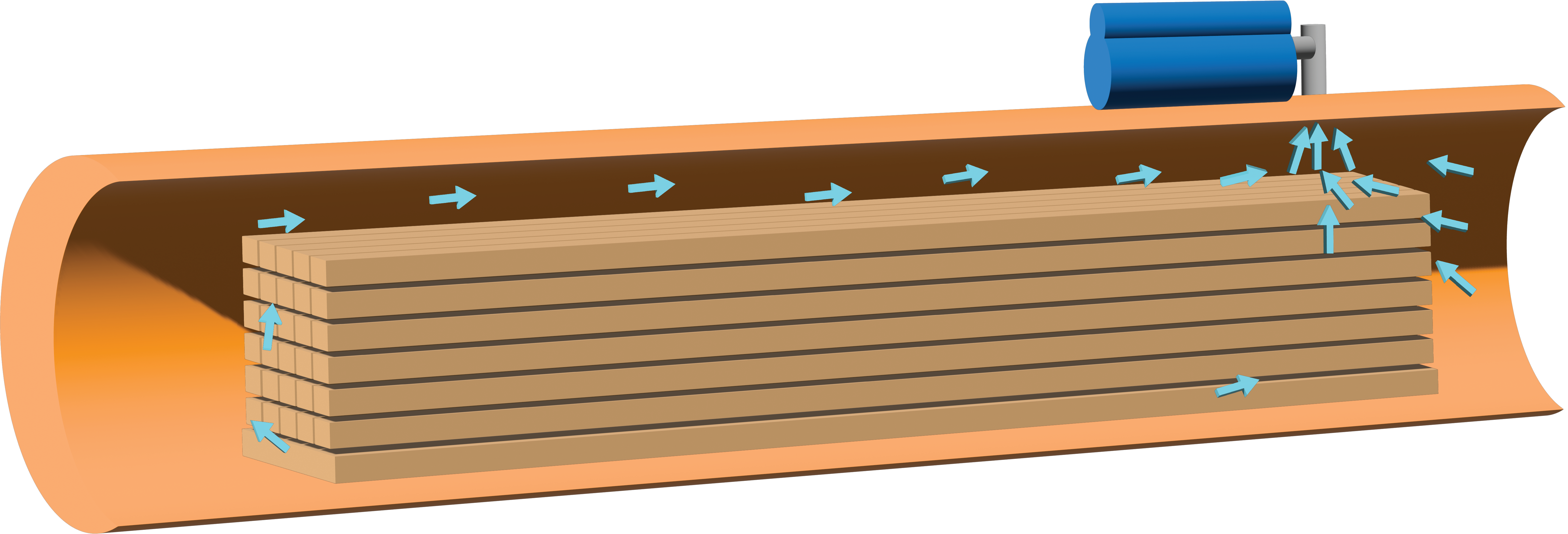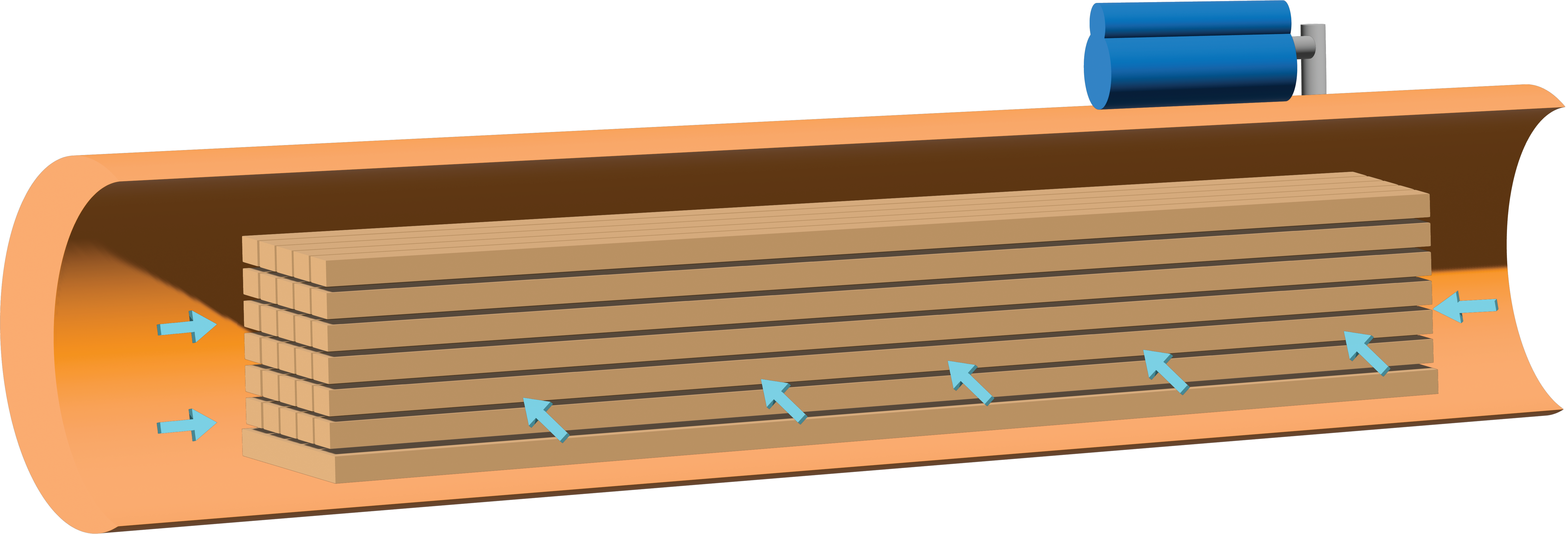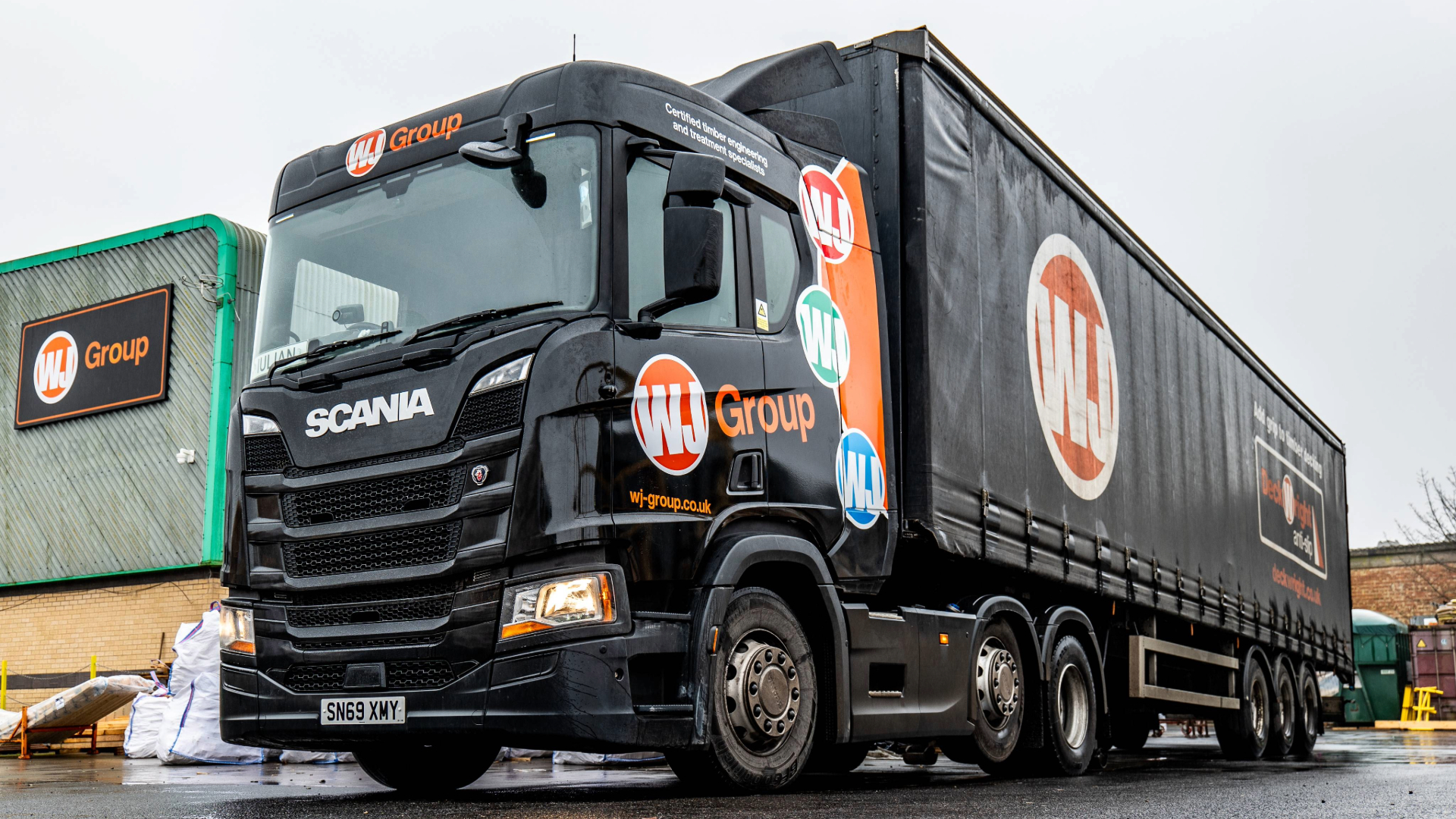High Pressure Timber Treatments
Specialist, Certified Timber Treatments
Insects, wood-consuming fungi, dry rot and the natural elements of the weather are just a few of the threats facing timber-constructed projects. Failure to adequately protect your timber against these risks can incur significant costs in the future when these issues inevitably need addressing, which is why it’s important to add value to your timber by treating it from the start.
Treatments Explained
UC3A
Suitable for outdoor use but will be coated and above ground. Window frames would be the best example in this instance.
UC3B
Uncoated, external timbers to remain above the ground would be treated to this level. Consider fence rails as the perfect example.
UC4
Timber must be treated to UC4 standards if it comes in contact with water or direct soil. This would include fence posts and certain parts of a decking structure that will be sunk into the ground. Deck substructures have now been increased from UC3 to UC4 in accordance with WPA and WDCA regulations.
UC5
The highest level possible, required for marine-use timbers such as marine pilings, where ground and water contact is continuous.
The Treatments Process

Step 1
The treatment vessel is loaded with the timber and phase 1 of the vacuum process begins. The vacuum process draws the excess moisture out of the timber opening the cell structure ready for treatment.

Step 2
Phase 2 of the vacuum process fills the treatment vessel with the preservative chemical ready to apply hydraulic pressure.

Step 3
Now the treatment vessel is filled with preservative chemical, hydraulic pressure is applied impregnating the chemical into the timber, ensuring full sapwood penetration.

Step 4
Once the pressure period is complete, the preservative chemical is released from the treatment vessel. To compete the process, a final vacuum applied to remove any excess chemical from the timber.

Step 5
The timber is then released from the treatment vessel, placed on the drying racks and left to dry for between 6 and 12 hours. The time depends on Use Class treatment and species of timber.

Download Brochures
Looking For Timber Haulage?
- We have a fleet of HGVs capable of collecting and/or delivering your timber across the UK. We're experienced timber hauliers and offer comptetitve rates with all orders.

